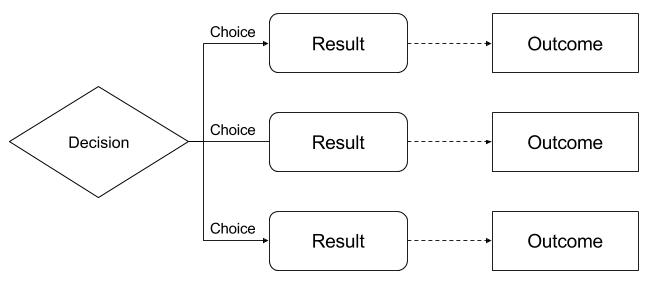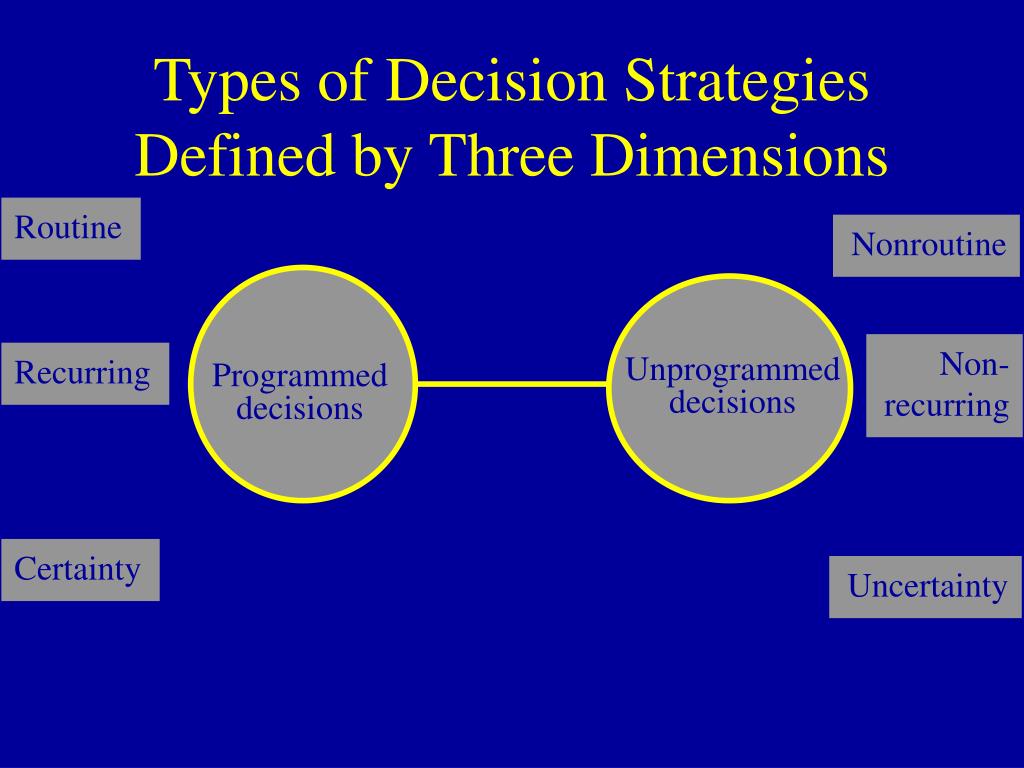

Within our website and related tools we will attempt to use these words consistent with the distinctions we have made, and we welcome feedback that would improve clarity and consistency. Our decision making model is a representation of the information contained in a decision and the relationships that exist between related decisions.Īpproach, method, technique, process, style, and sometimes type, are words that are often used interchangeably.We use Frame, Innovate, Decide, and Manage as the four high level steps in our process. A decision making process will provide a defined set of steps, that when followed, guide participants to a decision outcome.Some examples are multiple criteria decision analysis and decision trees. Decision making techniques describe specific analysis tactics and schemes that can be used in the Decide step of our process.Examples include collaborative, emotional, and rational decision making styles. Decision making styles refers to personality, thought processes, and behavioral elements that are part of the decision making process, individually or in groups.When we researched this topic we found many sources that are unclear about decision making types particularly with respect to the following: To add clarity to our meaning here is how we distinguish some related, but possibly confusing, terms. Linguistics exists as a formal area of study to address this issue, with sub-topic areas specifically focused on addressing meaning (semantics and pragmatics).Ībove we have provided our specific meaning for types of decision making. This is one of the reasons we include a glossary, and try to ensure that we provide clarity for the terms we use around our decision making topics. Unfortunately, language is not precise, and creates the opportunity for confusion that can contribute to information overload, or worse, information noise. In this case, the consumer (entity) can be an individual or a person within a business.Ĭreating some helpful distinctions related to types of decision making Consumer decision making consists of choices that determine our effectiveness in purchase decisions that occur in either a personal or business context.This category includes what is sometimes referred to as life decisions. Personal decision making has the decisions that determine who we are as individuals and the outcomes we create for ourselves and others with which we have relationships.Business decision making includes decisions that are made that determine business or organization outcomes.Summarizing our major decision making types: In other words, personal decision making will include financial, legal, and strategic sub-types of decisions that impact the person or individual.

All are possible valid types, but we will consider them as sub-types in the context of the person or business impacted. For now, we will work on the premise that a business decision making network will expose many of the same decisions and enable access to the knowledge that can be reused for improved decision making.Īdditional types of decision making that could be considered based on outcomes include financial, legal, strategic and tactical decision making. An easy example, and one that might be included later, is government decision making. We recognize that types of decision making can include a number of additional categories. While consumer decision making is made in both an individual and business environment, we have chosen to make this a separate type because of the common knowledge elements that can benefit decisions made in either domain. Generally, decisions are made in the context of the individual, or an organization or business. Using these three major types puts you in a position to reuse the knowledge created through previously made decisions. Why Choose Consumer, Business, and Personal as the Major Types of Decision Making? In our decision making model, establishing the types of decisions makes it possible to identify the related decisions that will influence, constrain and be influenced and constrained by a specific decision. We make this specific choice for the purpose of improving decision making by first identifying the types of decision making in a way that helps establish the context for decisions being made. At the highest level we have chosen to categorize decisions into three major types: consumer decision making, business decision making, and personal decision making. We determine types of decision making by looking at outcomes and the impacted entity.


 0 kommentar(er)
0 kommentar(er)
